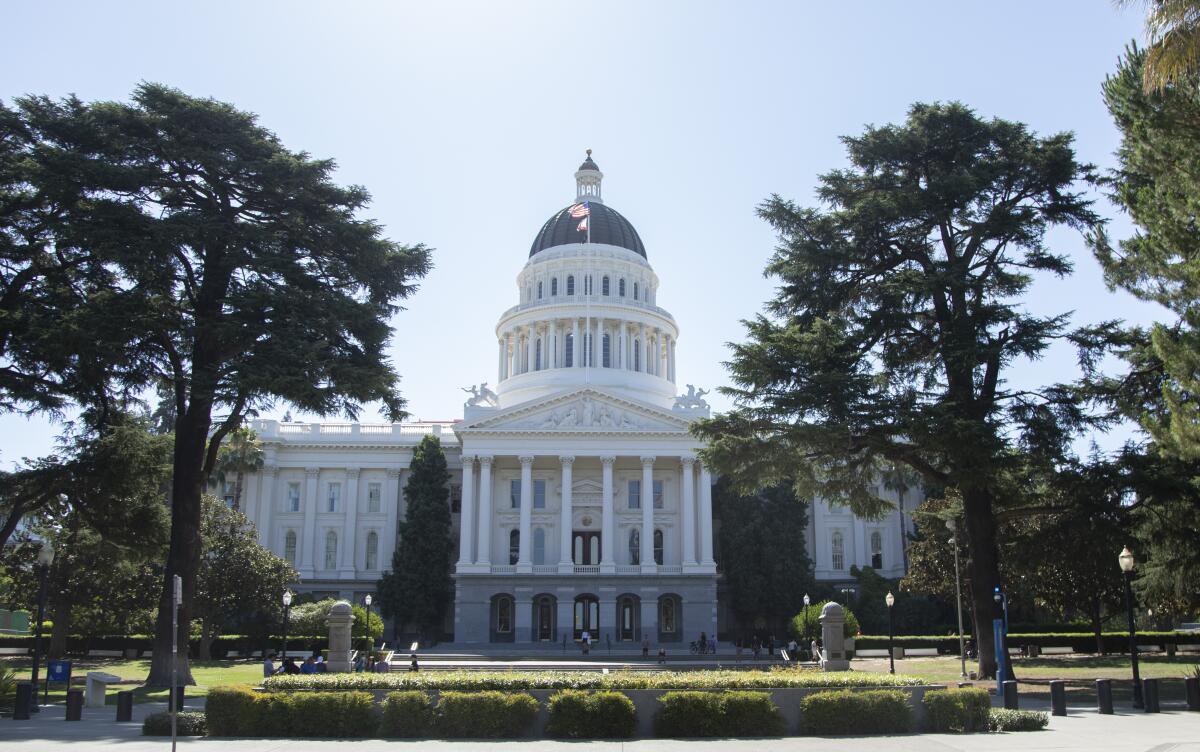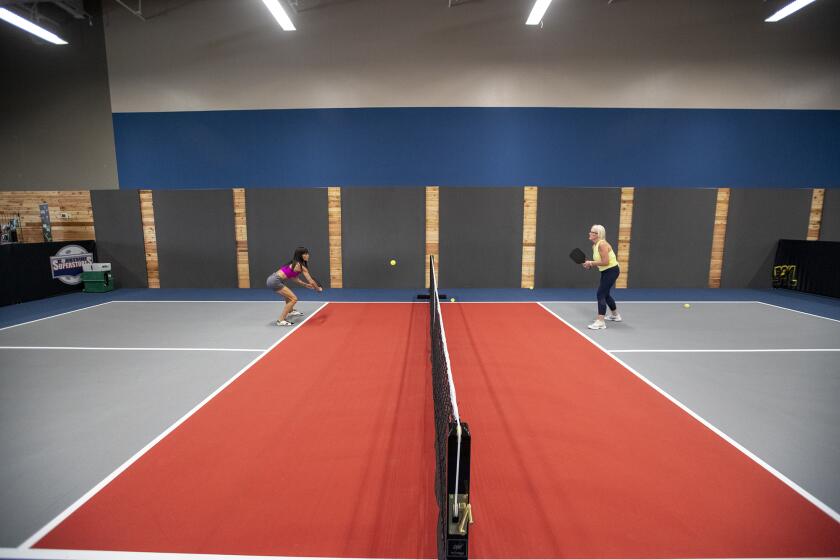Apodaca: Fact or fiction? A new state law hopes to help schoolchildren determine what’s real

- Share via
A new education policy has so far flown largely under the radar among the general public, but it’s worth paying attention because it could have far-ranging benefits if schools do a good job of implementation.
This year California joins a handful of other states in requiring all K-12 public schools to provide instruction in media literacy, thanks to a bill sponsored by Assemblyman Marc Berman that passed last fall with near-unanimous bipartisan support.
The new law does not require separate courses in media literacy but mandates that schools weave a set of skills into general instruction, such as how to recognize fake or manipulated data, identify false news reports and generate responsible internet content.
I suspect some observers might be skeptical about the need for such instruction. They might wonder if this is the right time to impose new requirements on schools, which are still reeling from pandemic-related learning losses. Do teachers really need this extra burden, and can students absorb any more changes after all they’ve been through?
But, if anything, this move has been sorely needed for some time, and now more than ever.
Our society — including school-aged kids in particular — is now completely given over to digital media. Nearly all of us get most of our information, whether directly or indirectly, from digital media platforms.
To be sure, there are many benefits associated with easy access to endless troves of information. Unfortunately, these digital platforms operate in a vast ocean where there is little oversight or accountability.
This has fostered an environment in which misinformation runs rampant.
We now live in an age in which most people distrust the media in general and tend to lump together legitimate providers of information with those sources that promote false and misleading content. Yet, despite that distrust — or perhaps, in part, because of it — conspiracy theories and fact-free, agenda-driven disinformation campaigns have proliferated, luring in readers by appealing to their preexisting biases and suspicions about “what is really going on.”
The pandemic provided us with a spot-on case in point. Anti-vaccine rhetoric existed long before COVID-19, but the pandemic sent it into overdrive. Now what we have is not only a dangerous level of skepticism when it comes to the safety and efficacy of vaccines but a powerful, scary movement to delegitimize science itself.
There are many more negative consequences. Notably, the growth of social media has become one of the leading contributors to escalating mental-health issues among children and teens. Bullying, risky fads and online predators are wildly prevalent in certain corners of the internet, and they’re hard to contain; for kids, this is the new, unsafe normal.
With racket, a ball and a court in common, pickleball may be a threat to tennis, but an unexpected question forced Daily Pilot columnist Patrice Apodaca to reveal her favorite.
“Teaching media literacy is a key strategy to support our children, their families and our society that are inundated with misinformation and disinformation on social media networks and digital platforms,” Berman said in a statement released after Gov. Gavin Newsom signed the bill into law.
“We have a responsibility to teach the next generation to be more critical consumers of online content and more guarded against misinformation, propaganda and conspiracy theories. In addition, this instruction will help students to be more responsible digital citizens, more intentional about what they put online, and better understand online safety and privacy.”
Even before the law passed, some school districts had already begun to incorporate media literacy into overall education, and a previous state law made materials available to schools. But the new law ensures that all students will now receive some level of this type of instruction.
Boosters of the new law emphasize that the instruction will go far beyond just teaching students how to fact-check. The aim is to foster critical thinking and analytical skills that can be used to identify, examine and counter misinformation. Another goal is to teach kids how to be responsible digital citizens.
The law gives schools and teachers wide latitude regarding implementation. They will be expected to incorporate digital literacy lessons into existing subjects such as English, history/social science, math and science, and approved sources of curriculum will be made available. But the decisions about how to proceed will occur at the individual school-site level.
Of course, that lends itself to questions about the whether the law is too lax or vague. There are also worries that this could become just another instance in which school districts with inadequate resources will struggle to keep up.
Those are legitimate concerns, and they should not be taken lightly. As with any law — including even the most thoughtfully crafted, well-intended legislation — there will be complicating factors. As always, the devil will be in the details, and this likely won’t be the final answer when it comes to infusing media literacy into general education.
But it’s a hopeful step.
Implementation will likely be slow-going, and many parents might not even notice the discreet instructional changes rolling out in their children’s classrooms. But if some do pick up on it, they might benefit by asking specific questions about how the students are learning to discern what misinformation looks like and whether they are becoming more thoughtful about how they use the internet.
If that’s the case, a side benefit might be that adults learn a bit about digital literacy right along with their kids.
All the latest on Orange County from Orange County.
Get our free TimesOC newsletter.
You may occasionally receive promotional content from the Daily Pilot.





